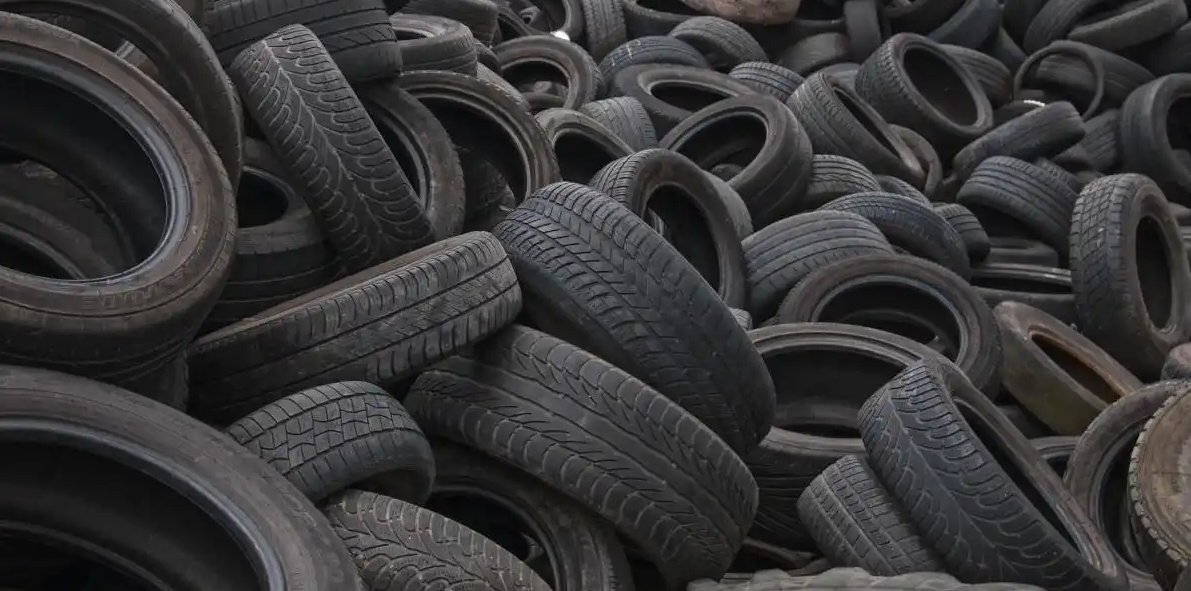When it comes to recycling waste, versatility is key. Many people ask: Can a tire pyrolysis line process rubber or plastic? The good news is, yes! With the right setup, a tire pyrolysis plant can efficiently handle both materials, offering a sustainable solution for waste management. Let's explore how this works and why it's beneficial.
1. Understanding the Pyrolysis Process
Pyrolysis is a thermal decomposition method that breaks down materials like rubber and plastic without oxygen. This process transforms waste into valuable byproducts such as fuel oil, carbon black, and syngas. Whether you're using a tire pyrolysis plant or a plastic pyrolysis line, the core technology remains the same, making it adaptable for different types of waste.
2. Processing Rubber and Plastic in One Line
While tire pyrolysis plants are primarily designed for rubber, many modern systems can also process plastic. Here's how it's done:
Adaptable Equipment: Leading pyrolysis plant manufacturers now design systems that can switch between rubber and plastic. This flexibility allows operators to maximize feedstock options and improve efficiency.
Temperature Control: The pyrolysis process requires precise temperature adjustments depending on the material. For example, rubber typically needs higher temperatures than plastic, but advanced systems can handle both with ease.
Feedstock Preparation: Tires and plastic require different preparation steps. Tires are shredded into small pieces, while plastic may need to be cleaned and sorted to remove contaminants.
3. Benefits of a Dual-Purpose Pyrolysis Line
Cost Savings: Investing in a single line that processes both rubber and plastic reduces equipment and operational costs.
Waste Reduction: By recycling multiple types of waste, you can significantly cut down on landfill use and environmental pollution.
Resource Recovery: The pyrolysis process converts waste into valuable resources like fuel oil, which can be sold or reused, creating a circular economy.
4. Key Considerations for Operators
Equipment Quality: Choose a reliable pyrolysis plant manufacturer that offers customizable solutions for handling both rubber and plastic.
Feedstock Compatibility: Ensure the system can handle the specific types of rubber and plastic you plan to process.
Environmental Compliance: Make sure the plant meets local regulations, especially when dealing with mixed waste streams.
5. Why Pyrolysis is the Future of Waste Recycling
Efficiency: The pyrolysis process is highly efficient, converting up to 90% of waste into usable products.
Scalability: Whether you're processing small batches or large volumes, pyrolysis plants can be scaled to meet your needs.
Sustainability: By turning waste into valuable resources, pyrolysis supports a greener, more sustainable future.
Conclusion
A tire pyrolysis plant can indeed process both rubber and plastic, making it a versatile and cost-effective solution for waste recycling. With the right equipment and setup, you can transform waste into valuable resources while reducing environmental impact. Ready to explore pyrolysis solutions? Contact us today to learn more!

